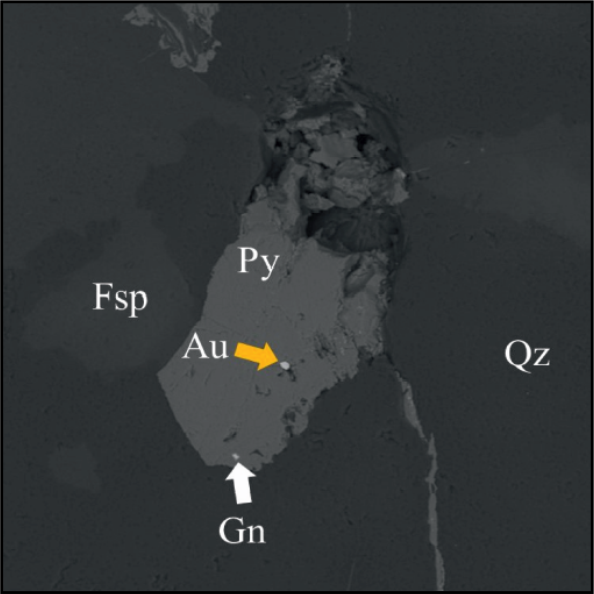Prospecting for gold in the Eastern Mecsek Mountains, Hungary: discovery of a new orogenic gold mineralization in the Mecsekalja zone
Abstract
After the expulsion of the Ottomans, at the turn of the 17th and 18th centuries, re-population of the Mecsek area has been taken place by German settlers, who, while re-establishment of industry and exploiting raw materials for glass production, also noticed ore occurrences. Historic records from that era confirm that precious metals have long been prospected in the Mecsek, but to date no comprehensive and fact-finding work has been produced to answer the question of whether significant precious metal deposits can be found in the Mecsek region. If so, the area is worth for further exploration based on modern concepts aiming the determination of ore type and its genetic model, as well as the quality and quantity of ore, and evaluation of the economic potential of mining. Recently, parallel with the critical evaluation of the available historic reports ad descriptions, fieldwork for identification of ore showings has been initiated, leading to the discovery of a previously unknown gold ore occurrence. The native gold bearing Au-Ag-Bi-Te ore showing is hosted by the pyritized zones of the mylonitic Studervölgy Gneiss Formation of Paleozoic age in the Mecsekalja zone, near the village of Ófalu. The gold particles in the Miocene gravels (Szászvár Formation) originated by the erosion of those rocks contain very similar sulphide and telluride mineral grains. The paragenesis of placer gold inclusions from the fluvial coarse-grained assemblage also shows a high degree of similarity with the sulphide paragenesis of the mylonitic, clastic material and with the sulphide paragenesis of the exposed gneissic rocks near the village of Ófalu. Based on the results of this research, it is therefore possible to assume the presence of a hitherto unknown orogenic gold ore occurrence in the Mecsekalja zone, characterised by Au- Ag-Bi-Te element associations, part of which was degraded and reworked into Miocene fluvial clastic sediments.
















